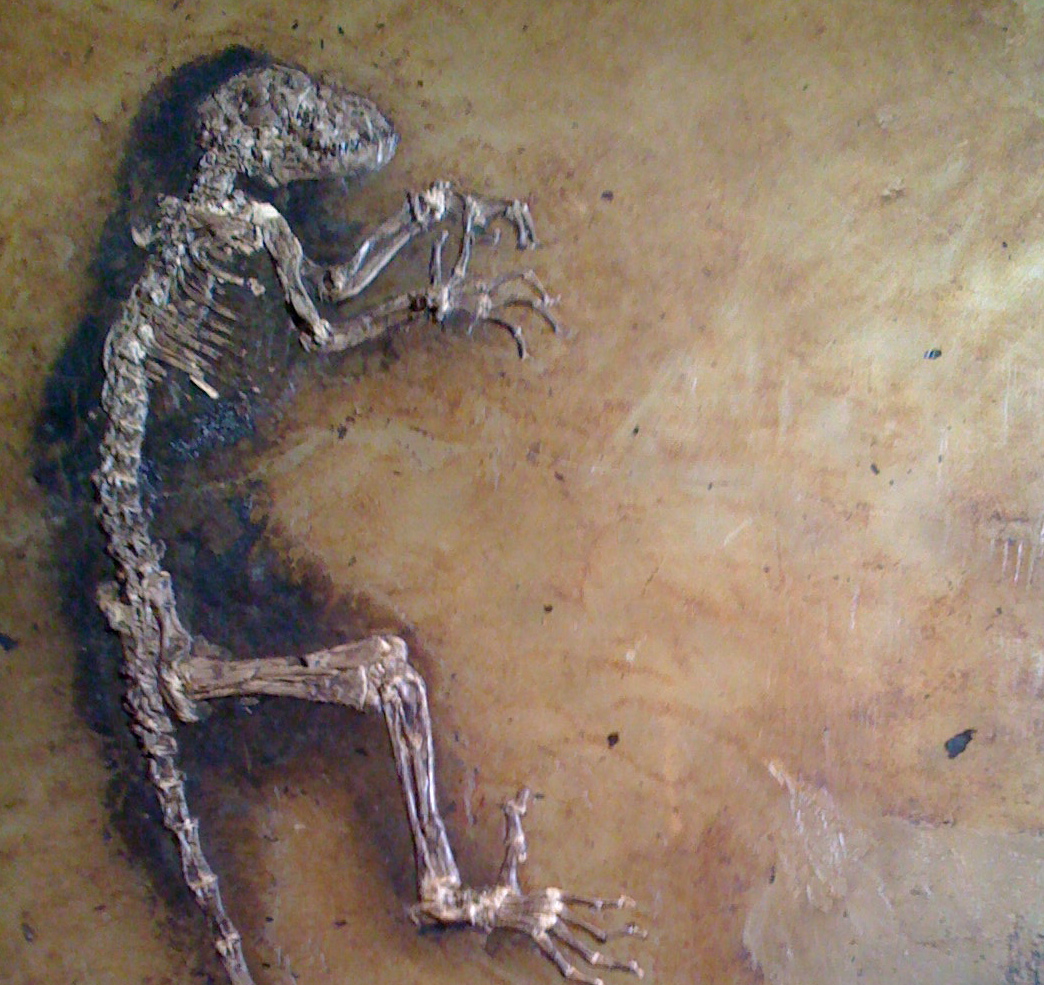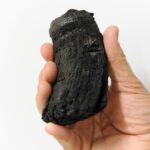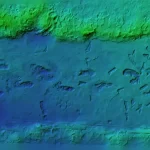New Scientist
Image: Barras
The publication last week of a paper describing Darwinius masillae, a new fossil primate also known as “Ida”, generated massive hype for its claim that the fossil represents an early haplorhine – the “dry nosed” primates that include old world monkeys and apes, including humans.
Other scientists dispute the claim, arguing that the fossil may simply be an early type of lemur and not the “missing link” between the haplorhines and the “wet nosed” primates, the strepsirrhines, such as lemurs and lorises.
New Scientist met “father of Ida” Jørn Hurum, a palaeontologist at the University of Oslo in Norway, to ask him about the media frenzy – and about what lies ahead for the fossil, which was found in 1983 by private collectors in Messel, Germany. Read more on newscientist.com…








